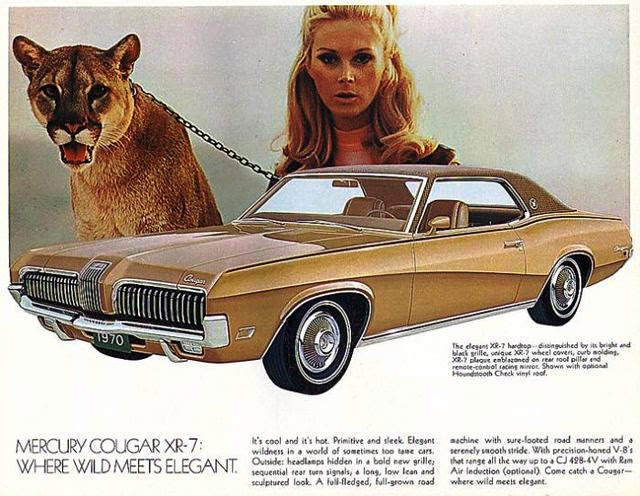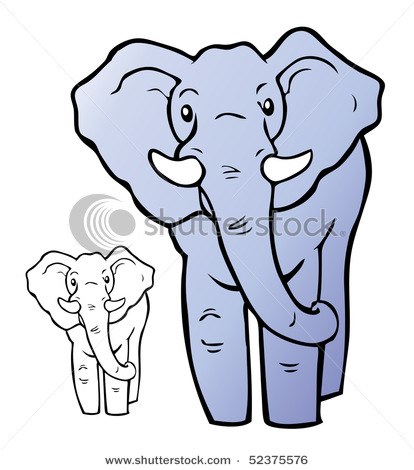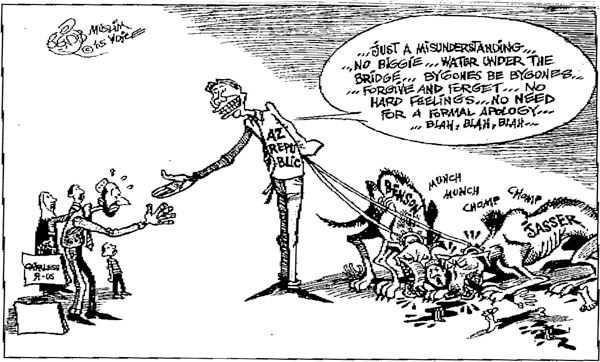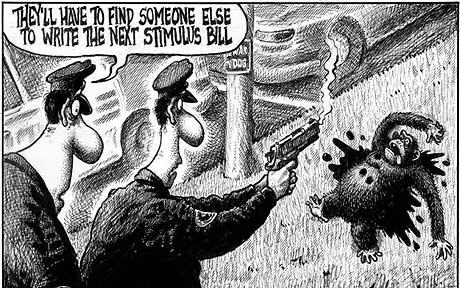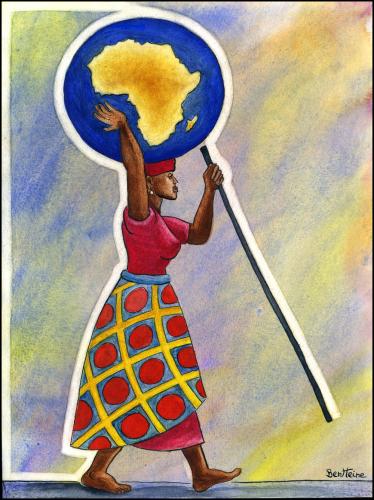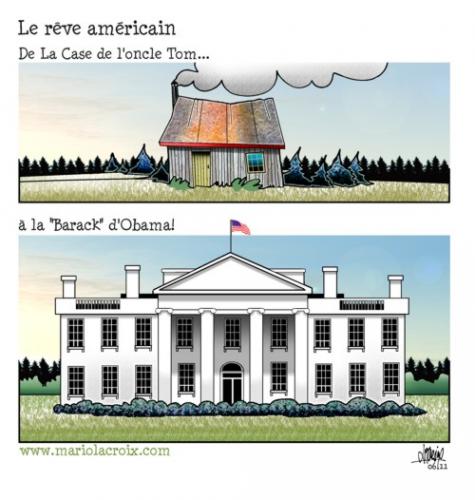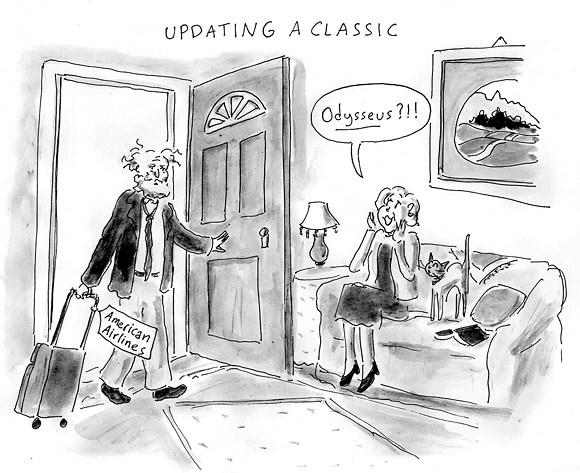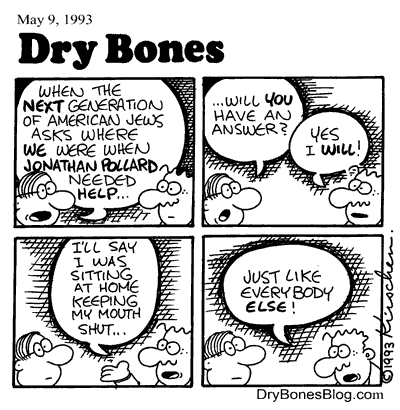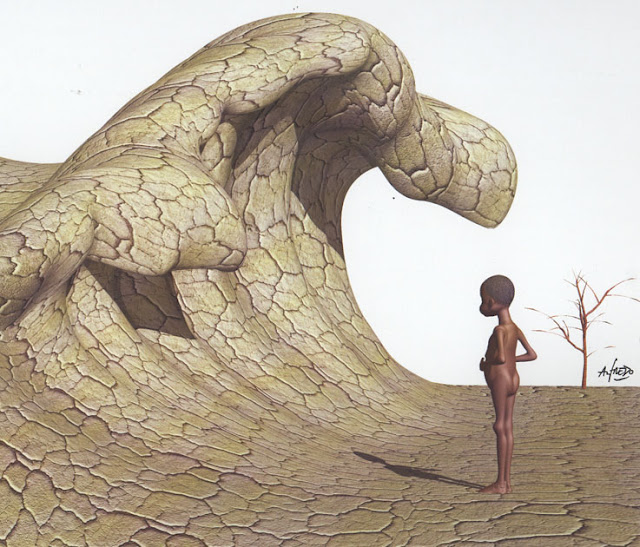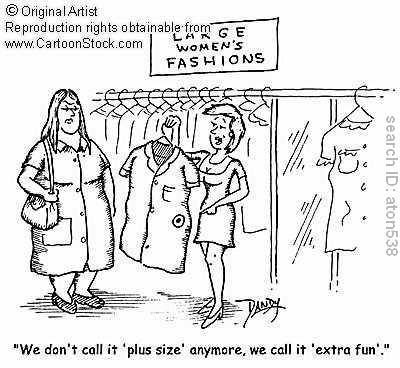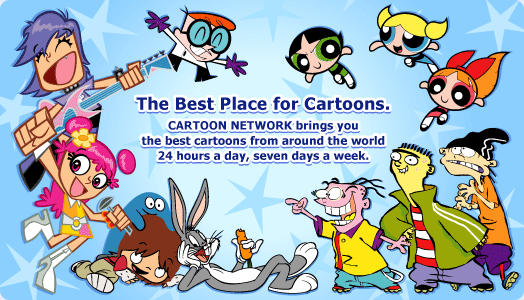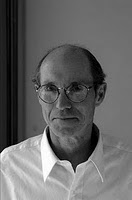
John Buell
Author of Liars! Cheaters! Evildoers!: Demonization and the End of Civil Debate in American Politics (NYU Press)
Okay, let me get this straight. A vast swath of land along the Mississippi is now drowning, The Southeast is recovering from a series of tornadoes historic in both scope and intensity. Texas seeks to recover from the worst forest fires in 90 years and the most severe drought in a century. Yet what concerns our leaders and the corporate media the most? Even in death, Osama bin Laden is the focus of attention. Osama apparently contemplated an attack on the US rail system. The response was as immediate as it was predictable. Legislators and national security experts demanded increased levels of surveillance. Some, like New York Senator Schumer, advocated a no ride list analogous to the airlines’ no-fly lists.
Deniers of anthropogenic climate change are in any case holding global climate change theory to standards that many natural scientists now regard as overly restrictive. They insist on a concept of causality that clearly connects each weather event to specific and discrete mechanisms and/or events that always produce the same predictable result. Many fields of science, however, embrace more complex models of change that include the interaction of predisposing conditions, external shocks, and self organizing and amplifying systems. Precise specific predictions are not possible, but scientists can identify conditions far from equilibrium in which a range of extreme events become more likely.
Even if recent extreme weather events are only a once-in-a-lifetime phenomenon, the broad physical infrastructure of American life is unprepared for even routine stresses In 2009, the American Society of Civil Engineers gave the US infrastructure as a whole a grade of D.
Our bridges, highways, sewerage and water systems, dams, and levies are in wretched shape. The evidence of their failings is all around us. Yet as the New York Times pointed out, the evidence for al-Qaeda’s threat to the rail system lies in vague speculation about possible plans for which no operational details exist.
Let’s ask another simple question. Suppose al-Qaeda does derail a passenger train in the Northeast corridor or blow up a subway car in downtown Manhattan. A horrible tragedy of course and a despicable act, but the economic cost and citizens lost would be far less than those attributable both directly and indirectly to the (increasingly likely) breakdown of water or sewerage systems in major cities and dams and levies along our great rivers. Reductions in the rail and transit systems imposed over the last generation have undoubtedly already compelled millions more citizens to turn to our dangerous highways for work and leisure activities.
So why is a no ride list urgent while we relentlessly cut funds for infrastructure and turn our backs on even adequate preparation for routine events? Hard facts cannot explain this phenomenon. It is a story of cultural war and identity politics. Historically, diseases associated with despised or distrusted groups have often been deemed great threats. Thus HIV has been the subject of near hysteria, but tobacco kills far more citizens. Despite much public health study over two generations, the Marlboro man carried more resonance with our population than those deemed sexually ‘deviant’ or criminal.
Attributing extreme dangers to groups whose lifestyle or religion differs in significant ways from mainstream values and identity serves for many a deep existential need. Portrayals of the dangers of gays or Muslims, often in language reminiscent of that employed against earlier generations of others (think the equation of Osama and Geronimo) confirms for some the value and worth of their Christian civilization.
Constitutional scholar and Salon.com blogger Glenn Greenwald has argued that such proposals as the no ride list are an attempt to achieve the unreachable goal of perfect security, elimination of any risk of untimely death. Greenwald is on to something. Death, even untimely death, is a part of the human condition.
Security, however, as James Der Derian, director of the Global Security Program at Brown University’s Watson Institute points out, historically has had two senses: “Coeval with the condition of security as a preferred condition of safety was a different connotation, of security as false or misplaced confidence in one’s position. In Macbeth, Shakespeare wrote that ‘Security is Mortals chiefest Enemie.’” [1]
Fear of death, refusal to accept a world that may always exceed our grasp encourages an impossible quest for total security. That quest in turn, in Der Derian’s words “trigger a futile cycle of collective identities seeking security from alien others who are seeking similarly impossible guarantees. It is a story of differences taking on the otherness of death and identities calcifying into a fearful sameness.” [2]
Our obsession with this latter, hubristic sense of security has ugly consequences—especially in today’s rapidly changing world. We seek the false promise of building society on fully shared core religious and philosophical values rather than upon multiple foundations actively engaged with each other. Under the latter ideal each can come to acknowledge gaps and ambiguities in its own case as it advances critique of its opponents. As Der Derian puts it, one not only learns from and accommodates other ways of living but also “to revise one’s own way of living and doing things.” [3] Such a process aids and is aided by an openness to the new rights claims that will inevitably emerge from such a fluid process. The only absolute is opposition to any religious, sexual, gender, or ethnic group to use of the state to impose its worldview and life style on the rest of the community.
The security obsession stunts our ability to engage difference in ways that might foster a more just, peaceful, and inclusive society. It also impedes our own self-understanding and capacity to explore new currents and visions in our own complex and evolving selves. At the very least obsessive quests for a secure set of personal and national ideals may make this a much more dangerous world.
[1] Der Derian, James. "The Value of Security: Hobbes, Marx, Nietzsche, and Baudrillard," in Critical Practices in International Theory: Selected Essays.
[2] Ibid.
[3] Constantinou, Costas M. and James Der Derian. "Sustaining Global Hope: Sovereignty, Power and the Transformation of Diplomacy," in Sustainable Diplomacies.









